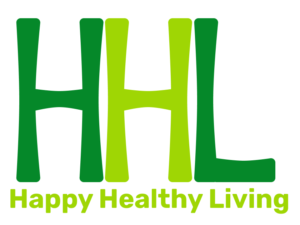Exploring the Benefits (and Risks) of Cold Therapy
Cold Therapy For Health
For centuries, cultures around the world have embraced the invigorating power of cold. From plunging into icy lakes to braving frigid showers, cold therapy has evolved into a modern wellness trend with potential benefits ranging from physical recovery to mental resilience. But is it all hype, or are there genuine advantages to embracing the chill? Let’s explore the different types, weigh the pros and cons, and see if taking the plunge is right for you.
Turning Up the Cool: Different Types of Cold Therapy
- Ice packs and cold compresses: These localized treatments are perfect for targeting sore muscles, sprains, and inflammation.
- Cold showers: A readily available option, cold showers offer a quick and convenient way to experience the benefits of cold therapy.
- Ice baths: Popularized by athletes, ice baths involve immersing your body in cold water (around 50°F) for a short duration.
- Cryotherapy chambers: These specialized chambers expose your body to extremely cold temperatures (-110°C to -200°C) for a few minutes.
Pros: A Chillingly Good List of Benefits
- Muscle recovery: Cold therapy is thought to reduce inflammation and muscle soreness, aiding in post-workout recovery.
- Pain relief: The cold’s numbing effect can alleviate pain from acute injuries or chronic conditions like arthritis.
- Mood boost: Exposure to cold may activate the sympathetic nervous system, potentially reducing stress and improving mood.
- Improved sleep: Some studies suggest cold showers or baths can lead to deeper, more restful sleep.
- Enhanced circulation: Cold exposure can briefly constrict blood vessels, followed by vasodilation, potentially improving blood flow.
Cons: Not All Sunshine and Snowflakes
- Discomfort: Obviously, cold therapy isn’t exactly comfortable, especially for beginners. Start slow and gradually increase exposure time.
- Risks: Certain health conditions, like heart problems or uncontrolled high blood pressure, may make it unsafe. Consult your doctor beforehand.
- Limited evidence: While promising, some benefit lack strong scientific backing. More research is needed.
- Not a magic bullet: Cold therapy should be seen as a complementary approach, not a cure-all for health issues.
Should You Take the Plunge?
Ultimately, the decision to try cold therapy depends on your individual health, comfort level, and goals. If you’re curious, start with mild methods like cold showers or ice packs. Listen to your body, start slow, and always consult your doctor if you have any concerns. Remember, wellness is a journey, not a destination, and sometimes, the best path involves embracing the chill – but on your own terms.
Additional Tips:
- Ease into cold therapy gradually, starting with short durations and gradually increasing exposure time.
- Focus on breathing deeply and calmly throughout the process.
- Warm up thoroughly afterward to prevent chills or discomfort.
- Monitor your body’s response and stop if you experience any pain, dizziness, or discomfort.
Remember, cold therapy isn’t for everyone. But by understanding the potential benefits and risks, you can decide if incorporating a touch of chill into your wellness routine is the right move for you. So, are you ready to dive into the world of cold therapy? Just remember, the water may be cold, but the potential benefits could be warming!




Leave a Reply
Want to join the discussion?Feel free to contribute!